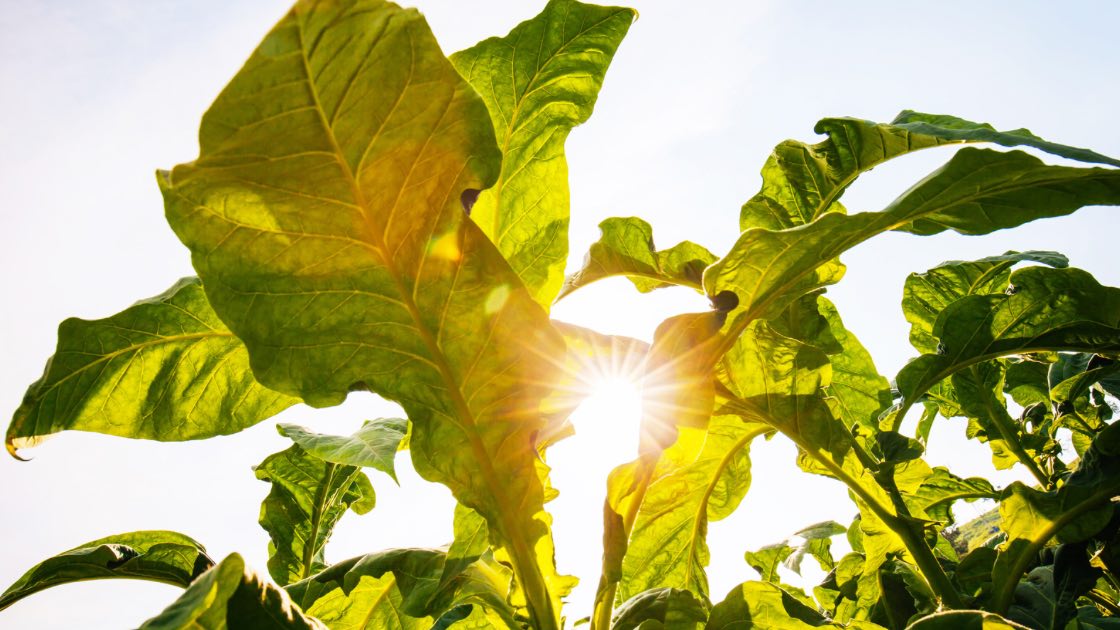Some Native American tribes used Ghost Pipe as a remedy for physical and emotional pain—often compared to opiates
Ghost pipe, also known as Indian pipe, is considered to have nervine properties, meaning it can support and calm the nervous system. It’s been used to treat nervous system disorders, anxiety, and intense pain, including migraines and PTSD symptoms. Historically, some Native American tribes, like the Cherokee, used Ghost Pipe as a remedy for physical and emotional pain, earning it the nickname “nature’s opiate” (though it isn’t an opiate).

In some Native American medicine, dandelion sap was used to treat skin irritations like eczema and warts.
In some Native American medicine, dandelion sap was used to treat skin irritations like eczema and warts. Dandelions are also nutritious plants rich in vitamins A, C, K, and E; folate, antioxidants, and other minerals.

Some Native American tribes used tobacco to treat wounds, cuts, insect bites, pain, and swelling
Some Native American tribes, like the Lumbee, used tobacco as an anesthetic and anti-inflammatory. Tobacco leaves were moistened and applied to wounds, cuts, and insect bites to reduce inflammation, pain, and swelling. The nicotine in tobacco has anesthetic and anti-inflammatory properties that made it effective.

Some Native American tribes used sage both medicinally and ceremonially—burned in purification rituals and used as a tea for colds
Some Native American tribes, like the Lakota and Cheyenne, used sage both medicinally and ceremonially. Sage was burned in purification rituals and used as a tea for colds. Sage has antimicrobial and anti-inflammatory properties and was also used to treat respiratory infections and digestive issues.







